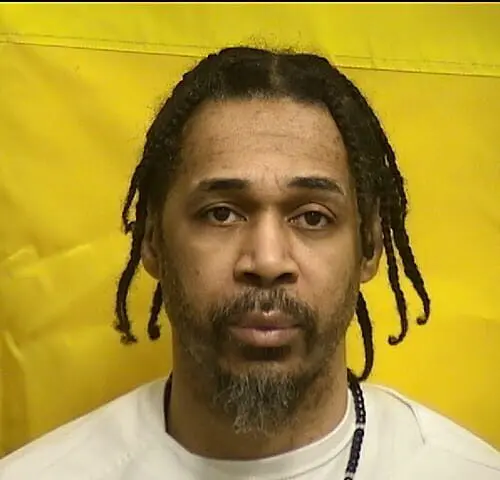George Brinkman Ohio Death Row
George Brinkman was sentenced to death by the State of Ohio for five murders. According to court documents George Brinkman would go to the first home where he would murder Suzanne Taylor and her two daughters, twenty-one-year-old Taylor Pifer and eighteen-year-old Kylie Pifer. George Brinkman would then travel to the next home where he would … Read more








